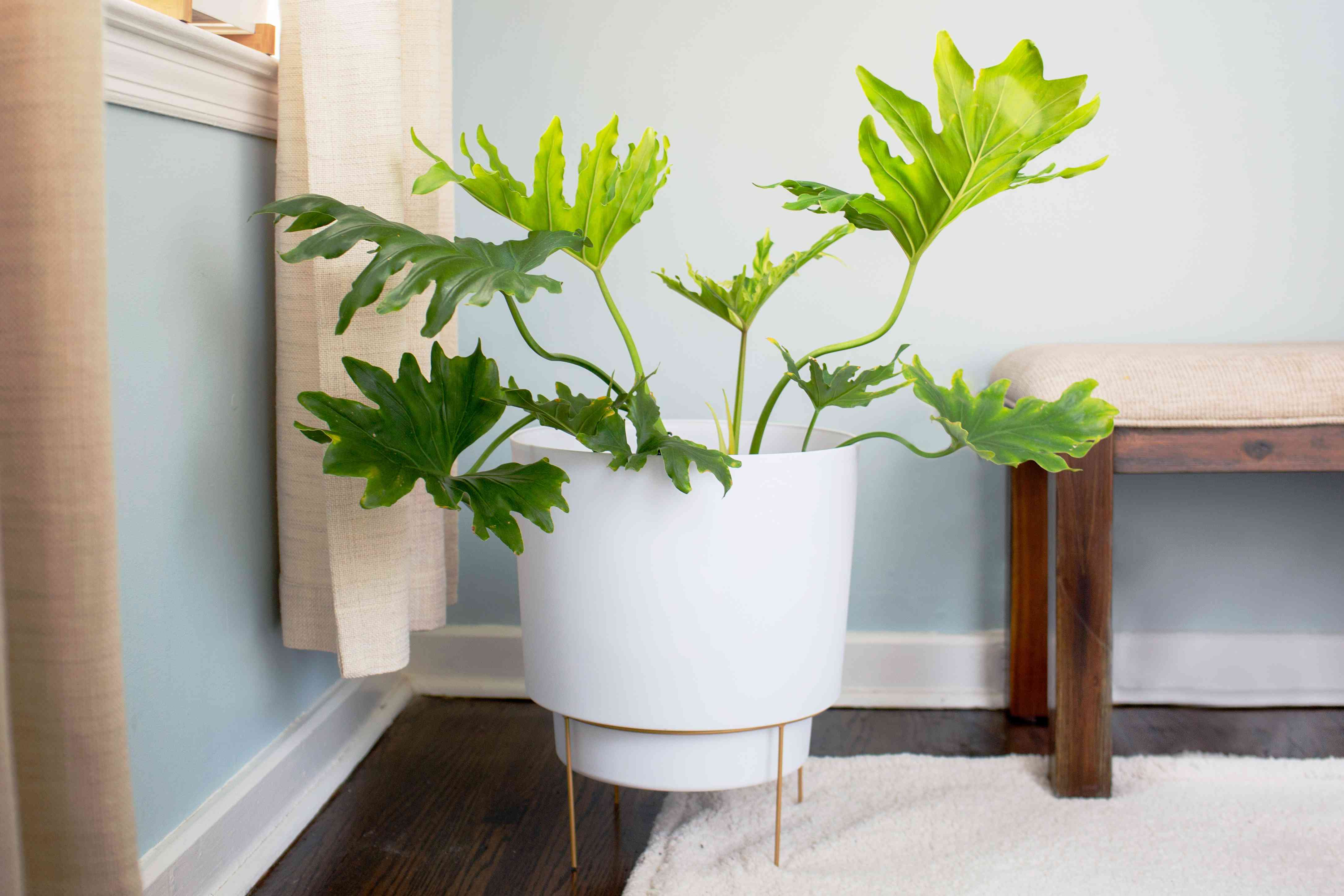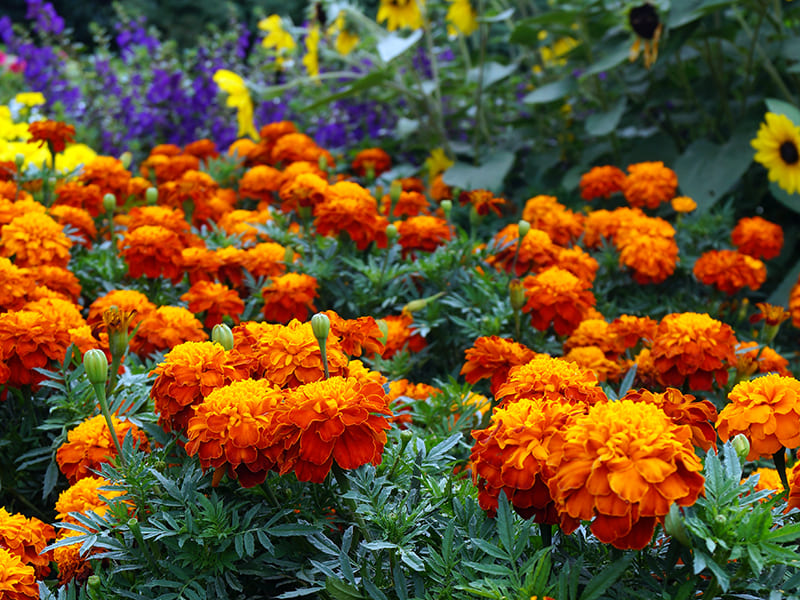For Winters, it becomes evident that you will be needing to look into growing more indoor plants. And one of the most popular choices you will take on are begonias. Begonias are some of the most beautiful, visually interesting plants you can grow indoors. However, they can be a bit picky about light and water, though not overly delicate, making them a great intermediate-level plant project. Here’s what you need to know.

Many people even consider them as bedding begonias, these annual begonia plants (Begonia semperflorens) grow quickly, and easily fill in spaces in the garden that will benefit from attractive foliage and frilly flowers. They can be a focal point when planted in mass and are excellent specimens for container combinations. Typically used as houseplants and in shaded summer beds, begonias have tropical and subtropical origins. Some are grown for their asymmetrical, patterned and variegated foliage, and others to add color to shady garden areas with their bright blooms. Although typically on the smaller side, begonia plants pack a big punch of color and interest.
So how do we go about growing these amazing plants indoors? Although there can be some challenges, many will do quite well indoors. You need to look at and watch out for water and humidity-probably the quickest way to kill a begonia is too much water. Let them dry out slightly between waterings. If they are kept cool, you may notice they can tolerate a longer time without water. Give them a boost of humidity by setting the pots in a pebble tray (a low tray or saucer filled with pebbles and water, with the pot sitting on top of the pebbles and not directly in the water).But where should they be facing? East, west-, or south-facing windows are best. If any burning occurs when grown in a south-facing window, move the plant farther from the window. As an alternative, they grow well under grow lights. Place where dry air from heater vents won’t blow directly on them.

Now let’s look into the potting mechanism- potted begonias prefer to be slightly root-bound rather than given too much room. Once appropriately placed in the flower bed or hanging basket, deadheading spent blooms and keeping the soil moist is the basis of annual begonia care. Watering correctly is important in the care of begonias. Soil should remain moist, but not too wet. A well-draining soil or potting mix simplifies this task. Water wax begonias at the base to avoid leaf spot and the possibility of fungal diseases. The most compact and healthy wax begonias result from deadheading and pinching back regularly. Annual begonia plants may be cut back before frost and used inside as a houseplant in winter. Once inside, keep the soil moist, provide humidity with a pebble tray and place in bright filtered light. These are some of the essential elements to consider when you wish to create the best Begonia garden. The plants would be such that they will be making a major stance and allow you to have a beautiful setting.The variety on offer is huge and thankfully the modern varieties that are commonly sold are often a little more compact and less “leggy”. They can still spread far and wide if you let them however so it’s important to keep them pruned and trained if you want to maintain a smaller controlled looking houseplant.Regardless, for the most part they’re easy going, tolerant and somewhat forgiving of occasional poor care. There are so many varieties and different looking foliage Begonias to pick from, so just choose the patterns you like best when purchasing.The second option are the flowering types with their impressive blooms. The leaves might not be much to look at this time around, but the blooms more than make up for this. Again pick a plant you like the look of choosing one with only a few flowers open and plenty of buds to prolong the display.The choice in variety is truly huge with close to 1000 species and thousands of cultivars. While almost all commercially grown Begonias are cheap to purchase, some of the rarer varieties could set you back a little.























